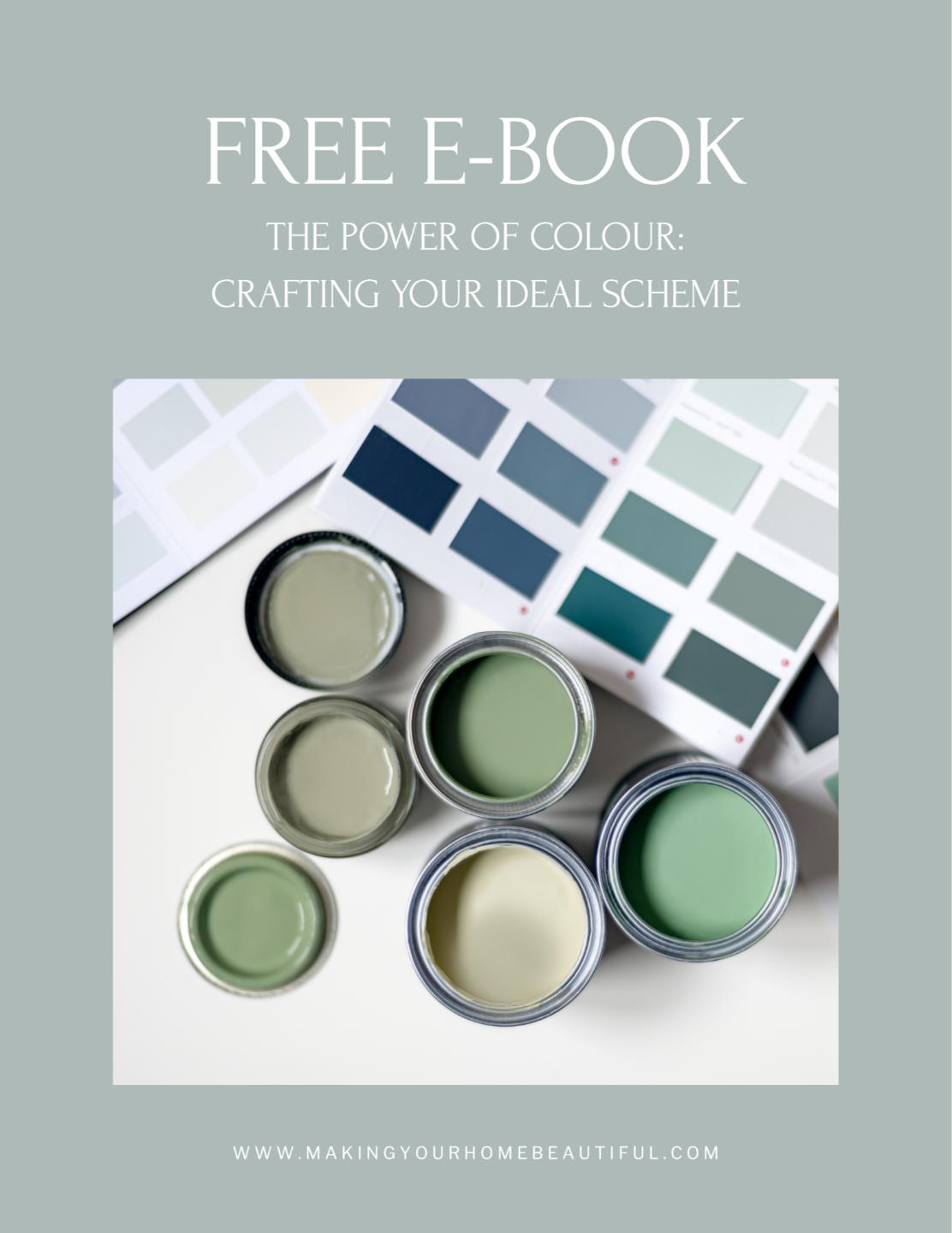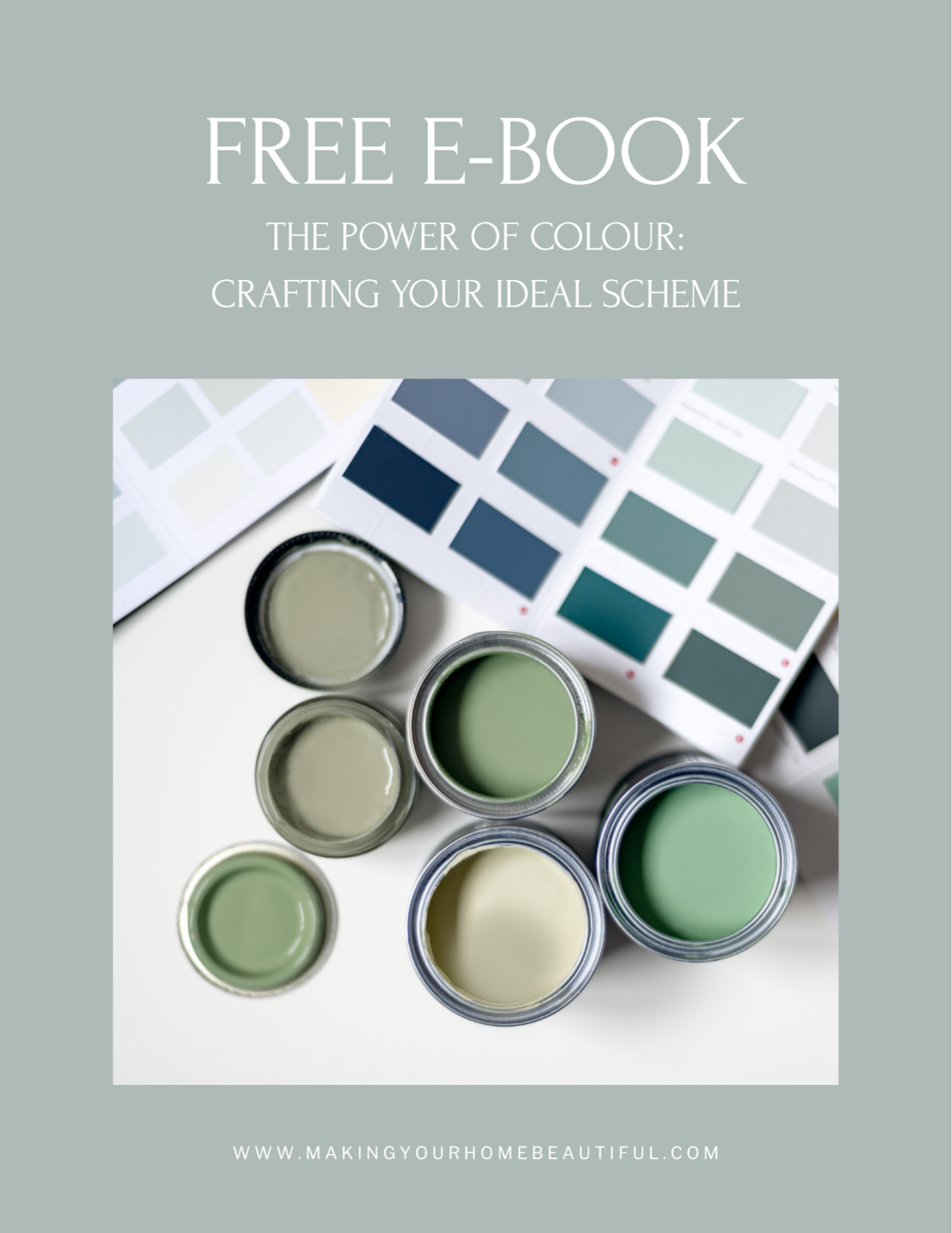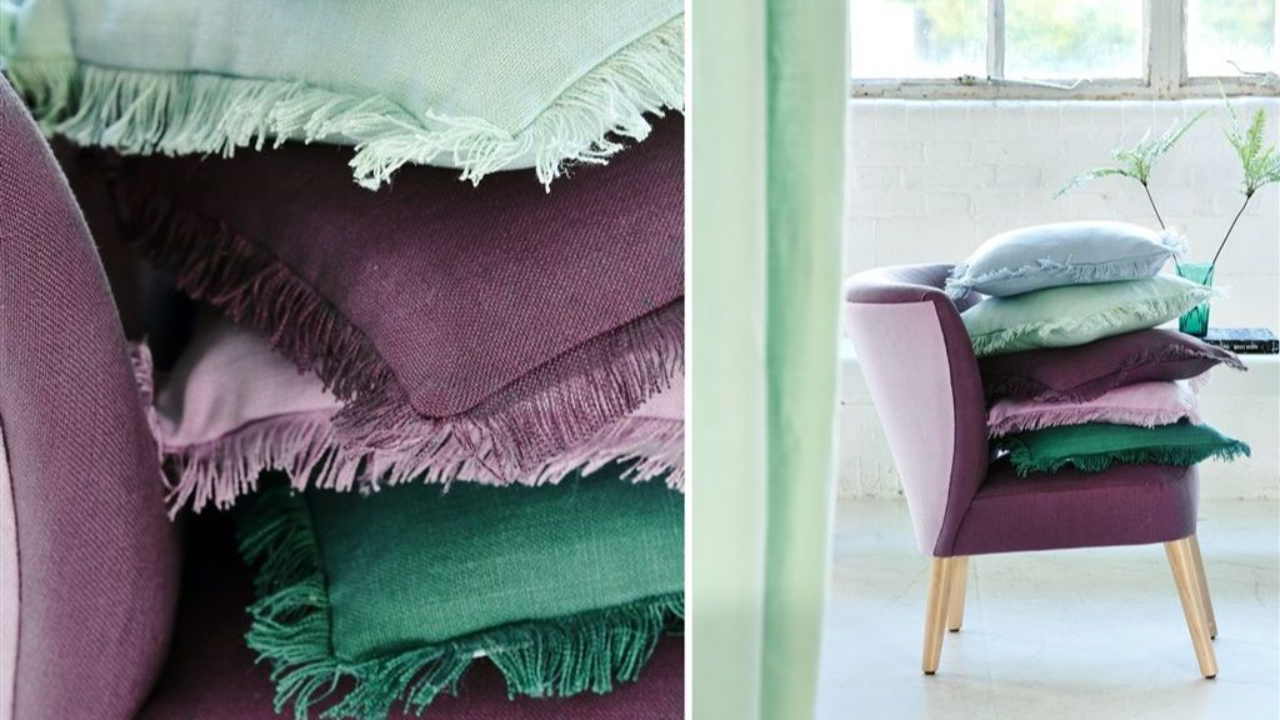
Investing in a sofa or occasional chair for your home can be a costly exercise so it pays to understand a little about upholstery fabric before you hit the shops. A sofa, in particular, is a piece of furniture that you need to last for a long time and you also want it to keep looking good and performing well for you. Usually when people look to source a new sofa or chair they will be focussed on style, size and colour, which of course are all extremely important. But before you even consider these aspects you need to understand the properties of the different fabrics available and which one will be suitable for your needs.
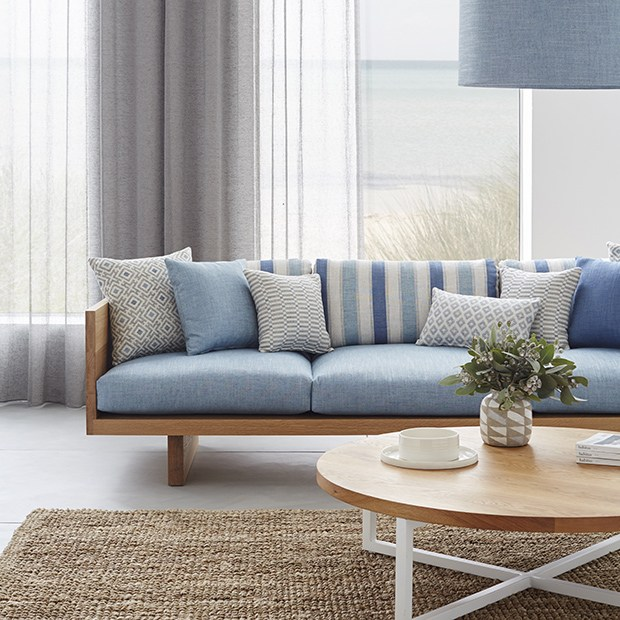
A viable alternative to leather upholstery
Leather sofas and chairs are a classic choice however many people invest in a leather sofa as they feel it will be more durable than a fabric one. I have explained to many of my clients that in fact if you select the right fabric then it can still be very durable and often they will then opt for a fabric sofa. This was what they wanted but they believed it was a choice led by the heart rather than the head.
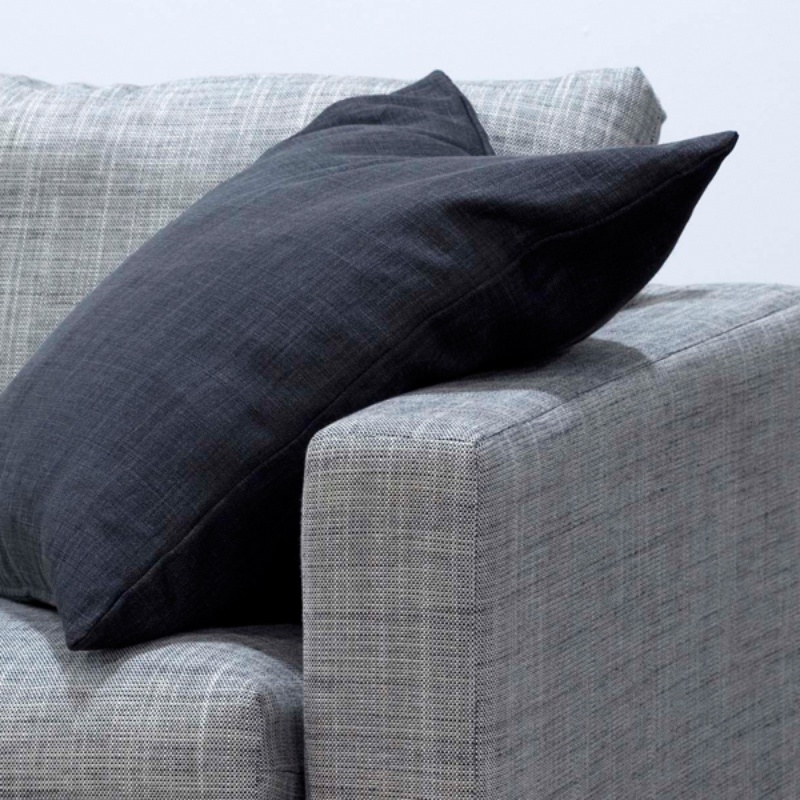
Fabric performance categories
Fabric companies perform a Martindale test which is a measure of durability – some call it the rub test as it is basically a guide to how many times you can sit on the fabric. I’m not sure how they do this but I have visions of very fit staff sitting and standing up thousands of times a day which of course is not the process but it is one of life’s mysteries! It’s good to just understand the basics of this process.
Fabric is placed into a classification as follows:
10,000-15,000 martindale is considered appropriate for light domestic use. These are your decoration pieces, the beautiful occasional chair that is more of a decorating piece than a workhorse that you will sit on every evening. Delicate embroidered fabrics, light cottons and prints fall into this category.
15,000-25,000 martindale is considered appropriate for General Domestic use. This means that the fabric can be used on a daily basis however it will not be as durable as many other fabrics and is certainly not suitable for a fixed back chair without a cushion or for reclining furniture.
25,000-30,000 martindale is considered appropriate for Heavy Domestic use. These fabrics are great for sofas and chairs that are in high traffic areas and will get a big workout. These are great for rumpus rooms, TV rooms etc that are used on a daily basis. You can also use these fabrics on reclining chairs.
30,000 + martindale are the Heavy Commercial fabrics. Despite their name, these fabrics are just as suitable in a residential environment. If you have children or will be eating dinner on the sofa then this is a really safe option. Technology has advanced so much that these fabrics perform really well but actually look like everyday upholstery fabrics.
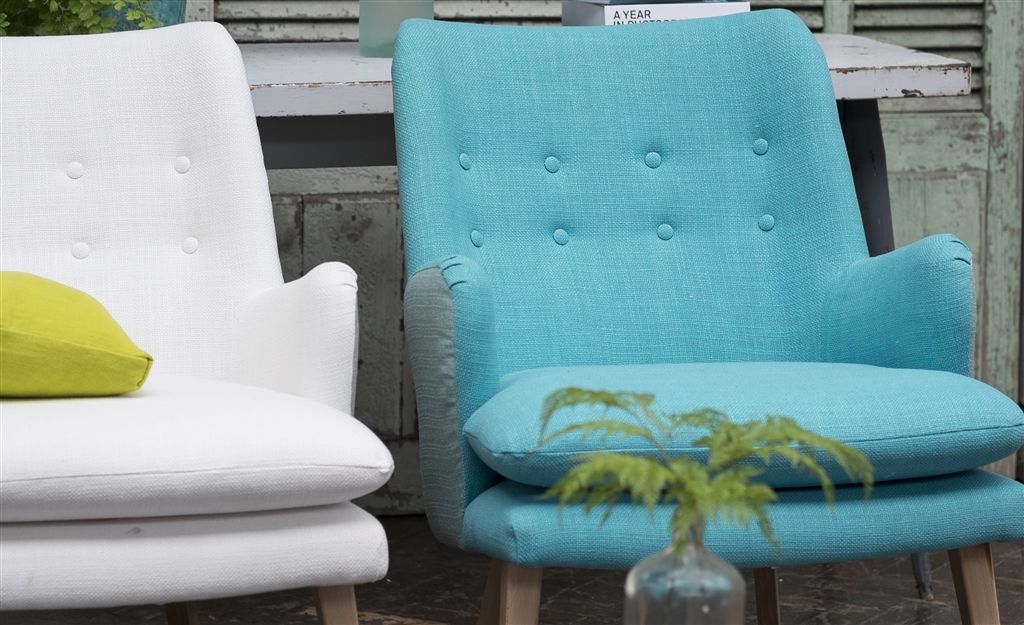
Don’t rely solely on the martindale test however as there are also fabrics that contain stain repellent properties. Some have a Teflon coating which makes them very stain resistant so although they may fall into the heavy domestic use, in fact they can really withstand a lot more wear. So a fabric with a high Martindale rating and stain resistant properties will really be the one that you are looking for as a viable alternative to leather.

Also consider whether fabrics can be dry cleaned. Remember that a fabric can be treated with a stain resistant product once it is on your sofa or chair and you will find that most suppliers will recommend this and organise this for you.

Washable slip covers for upholstery
I love this option. You really can relax on a sofa that is covered with a fabric that can be removed and thrown into the washing machine. Every parent will relax more knowing that a fabric can be washed and you don’t need to constantly nag children and teenagers about eating on the sofa. There are a lot of suppliers who will offer a sofa with a slip cover option.
These sofas and chairs aren’t as structured and beautifully upholstered as some other alternatives but they do always look good and can be kept clean without expensive dry cleaning costs. Look for fabrics that are specifically for washable slip covers as they have been pre-shrunk and will be suitable for this purpose and always follow the care labels carefully. I particularly like Warwick Fabric's Chambray material as it is soft and comfortable and looks great.
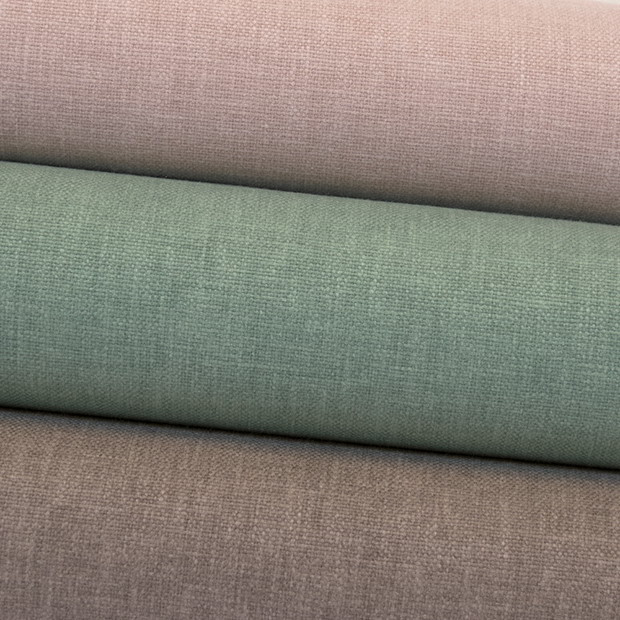
Natural vs man-made fibres
I am absolutely in love with natural linen. I love the look and feel of it and this is always my first choice. Natural linen is breathable, hypo allergenic and much stronger than cotton. Many upholstery linens will have a high Martindale test – around 30,000 – which makes them very durable and many now are treated with a stain resistant product.
However, there are also some great polyester/viscose fabrics that may just contain a small percentage of linen which perform really well and are beautiful fabrics to work with. The days of a man-made fibre being markedly less superior to a natural one are gone and it is often difficult to tell the difference now.

Linen fabrics almost deserve their own blog post as there are so many different types. Just a couple of points - You should be careful to ensure that the linen you select for your project is meant for upholstery as many are lighter and more suitable for drapery. Also, bear in mind that you can also achieve different looks with upholstery linen, for example a washed linen will give more of a relaxed feel than a standard linen that will give a tighter more formal look.
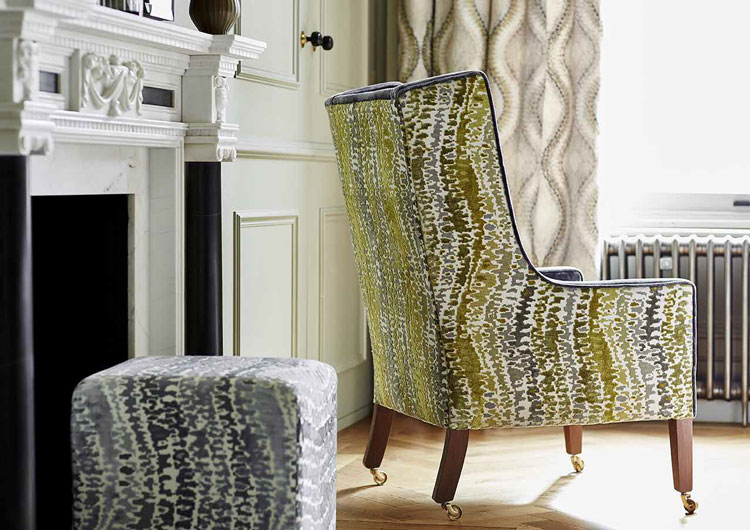
How to upholster with the best of both worlds
One of my favourite ways to upholster a chair or sofa is to use a more delicate patterned fabric for the back and sides of the piece of furniture and then use a very durable, stain resistant heavy residential/commercial fabric for the seat and back. This way you get the beauty of the more delicate textile but the areas that are used to sit on and rest against are the durable fabrics.
These pieces are very striking, particularly for an occasional chair and this is a way to bring colour and pattern into a room without it being overwhelming.

Considering velvet for your sofa?
Before you fall in love with a gorgeous velvet fabric, remember that once you sit in it, the fibres will be crushed and you will always have a mark where you sit. Some people are happy with this but if you think that this would bug you then you should consider velvets that do not crush. They are on the market so if you are looking at this for a luxurious statement piece, ask the question first before committing to the fabric.
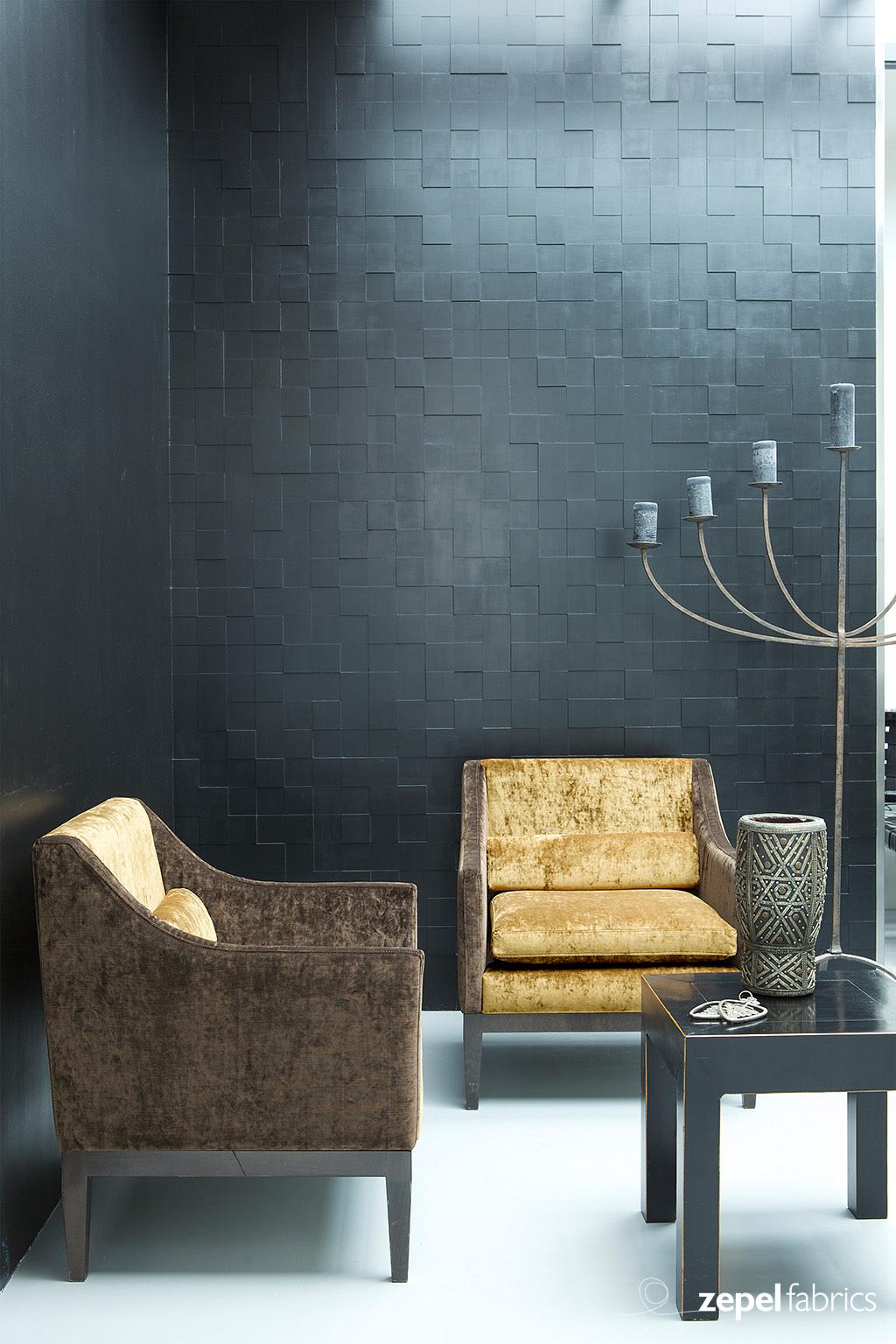
This post only skims the surface as there is so much involved with upholstery fabric but I hope that this has just given you some ideas and a little knowledge to help you ask the right questions of your designer or retailer when you are making such an important purchase.
I have lots of inspiration on my Pinterest boards and I would really like to hear from you about your upholstery projects and any comments that you have.
Related: How to design the perfect window seat
Related: How to choose an upholstered bedhead
Stay connected with news and updates!
Join our mailing list to receive the latest news and updates from our team.
Don't worry, your information will not be shared.
We hate SPAM. We will never sell your information, for any reason.
